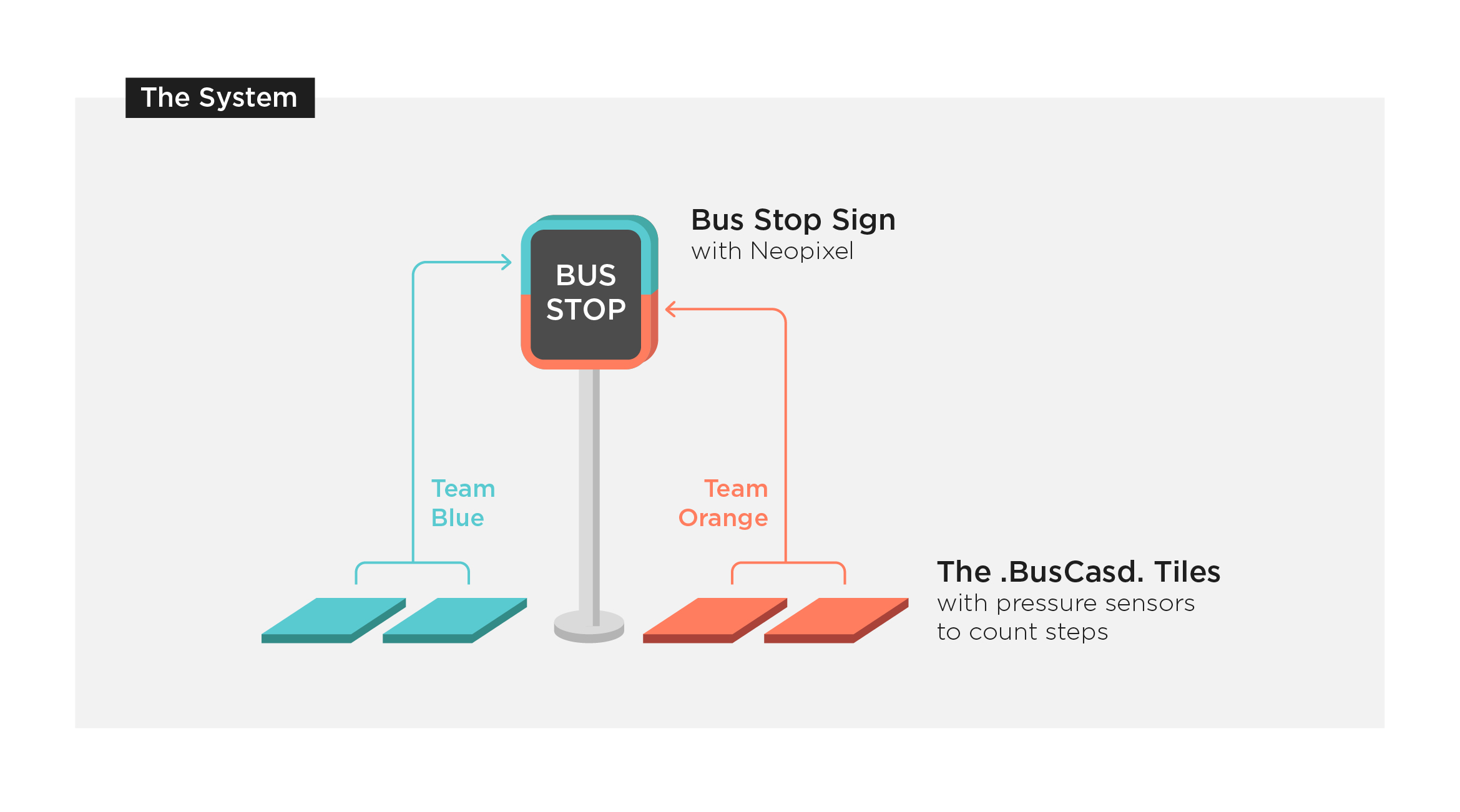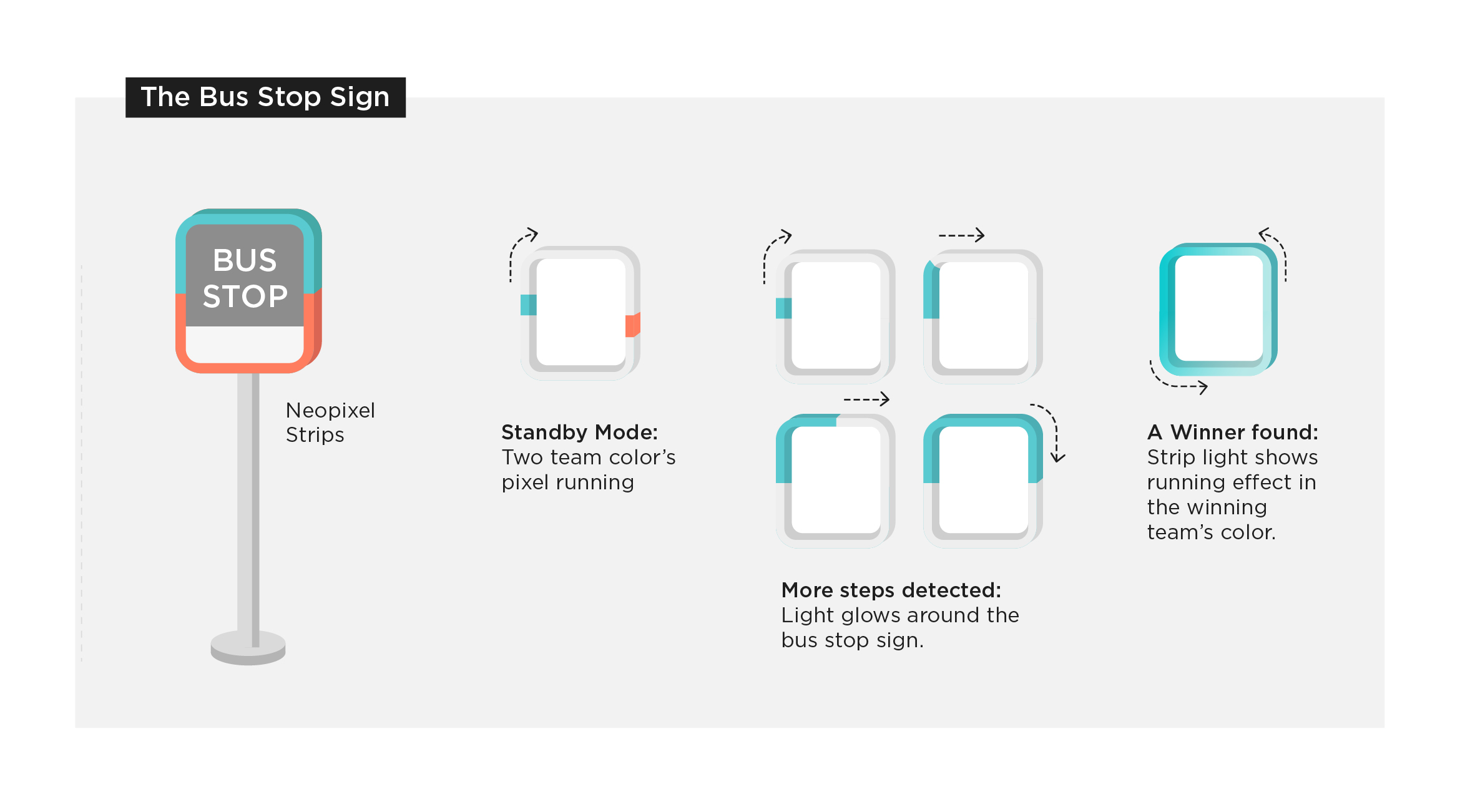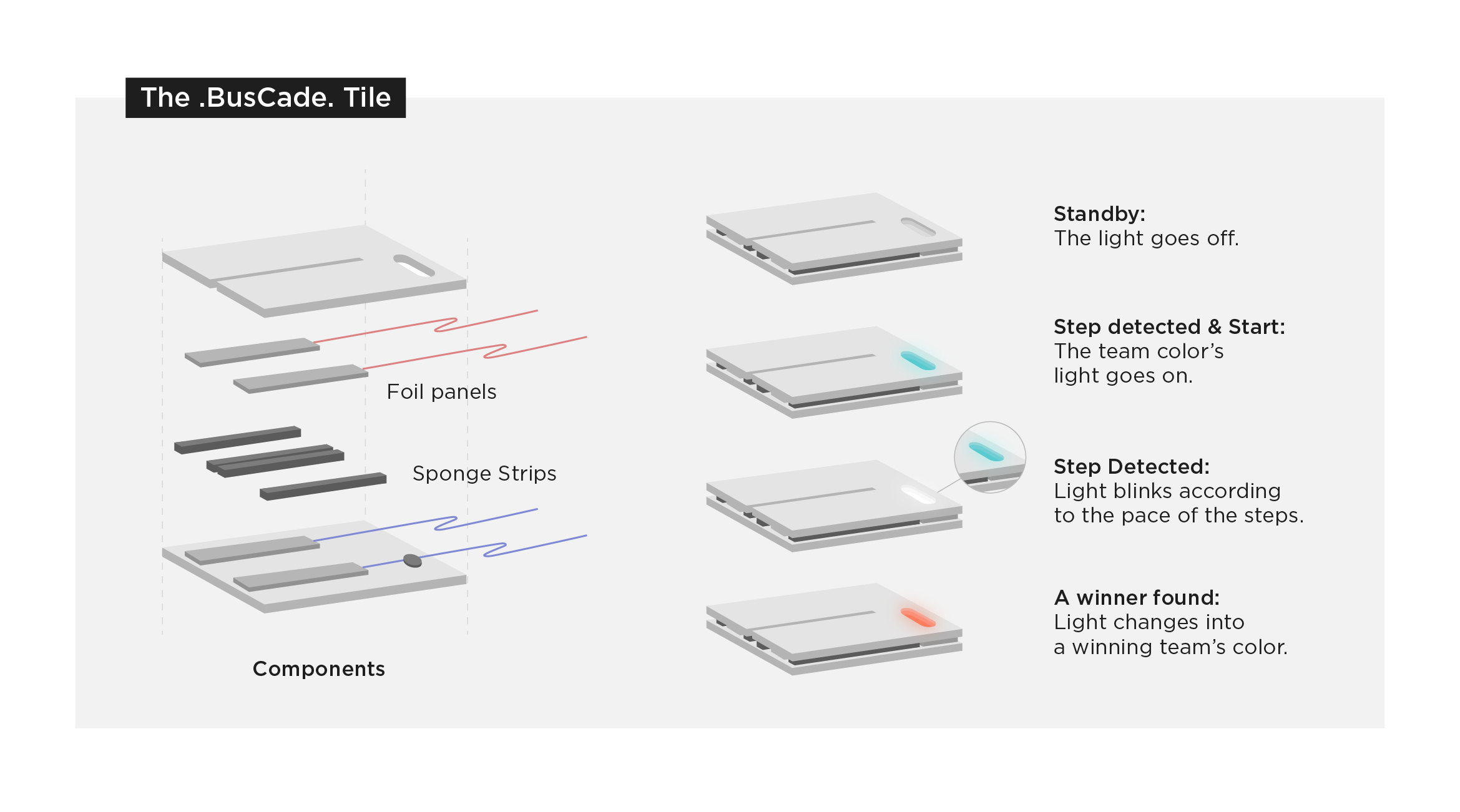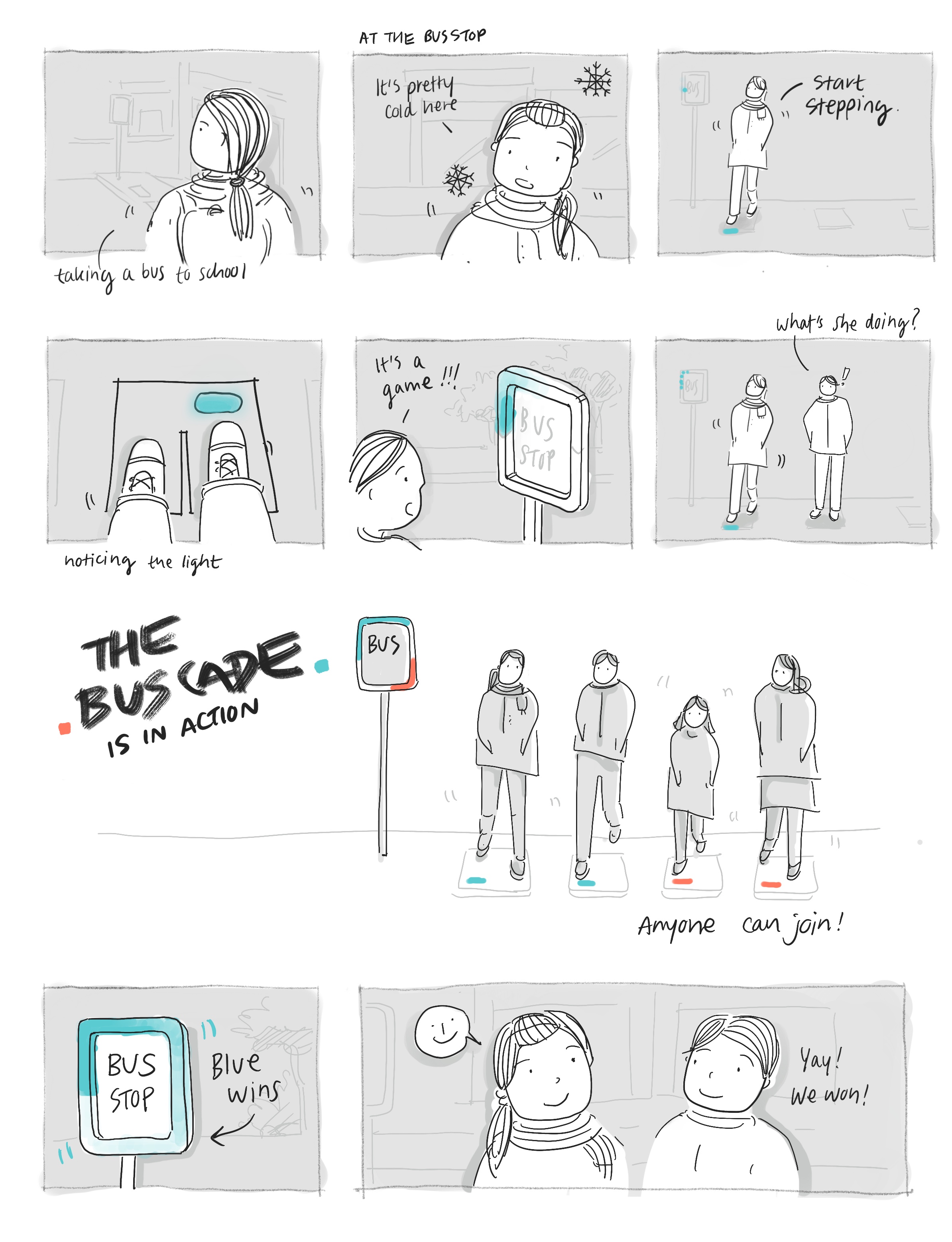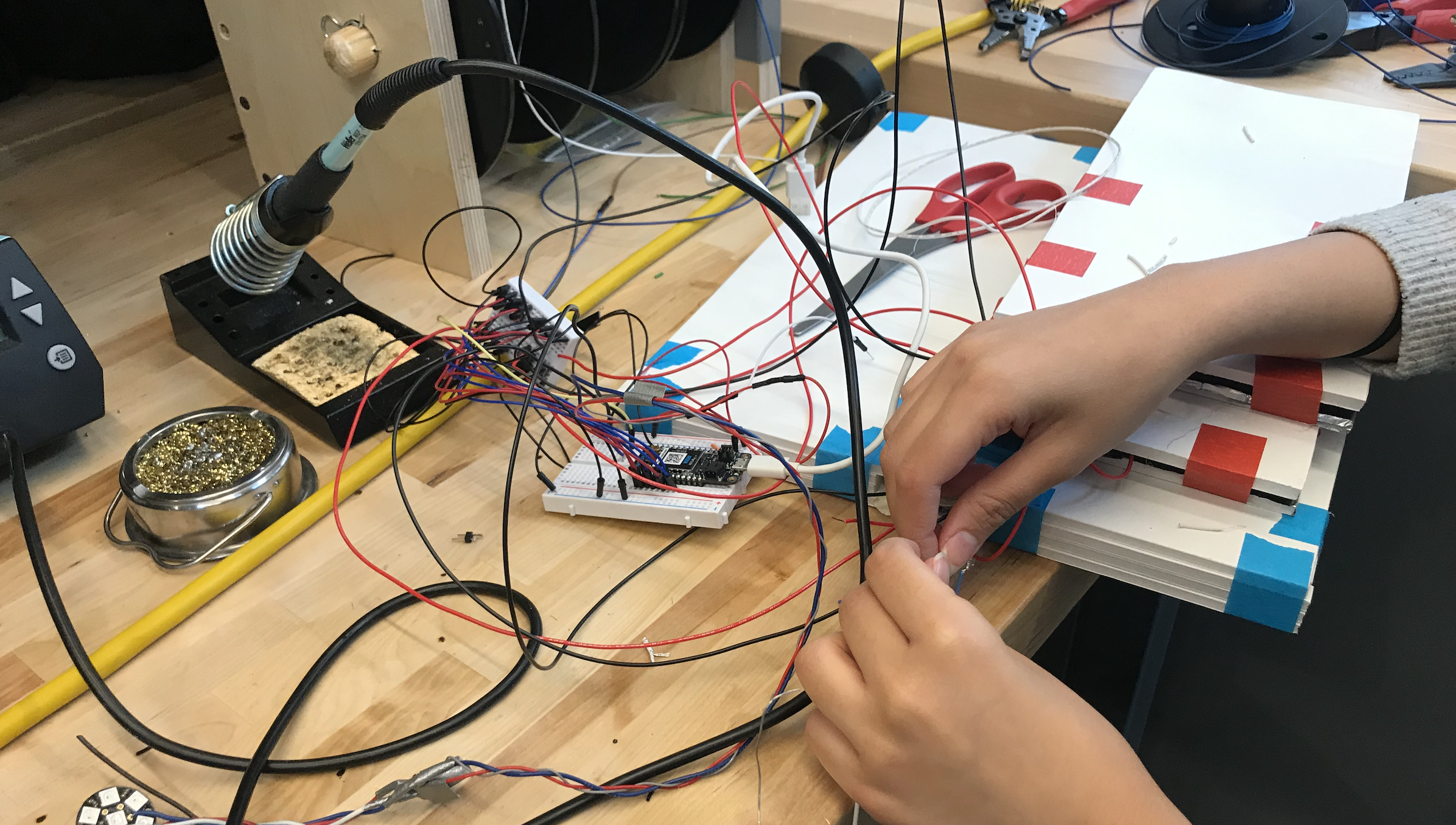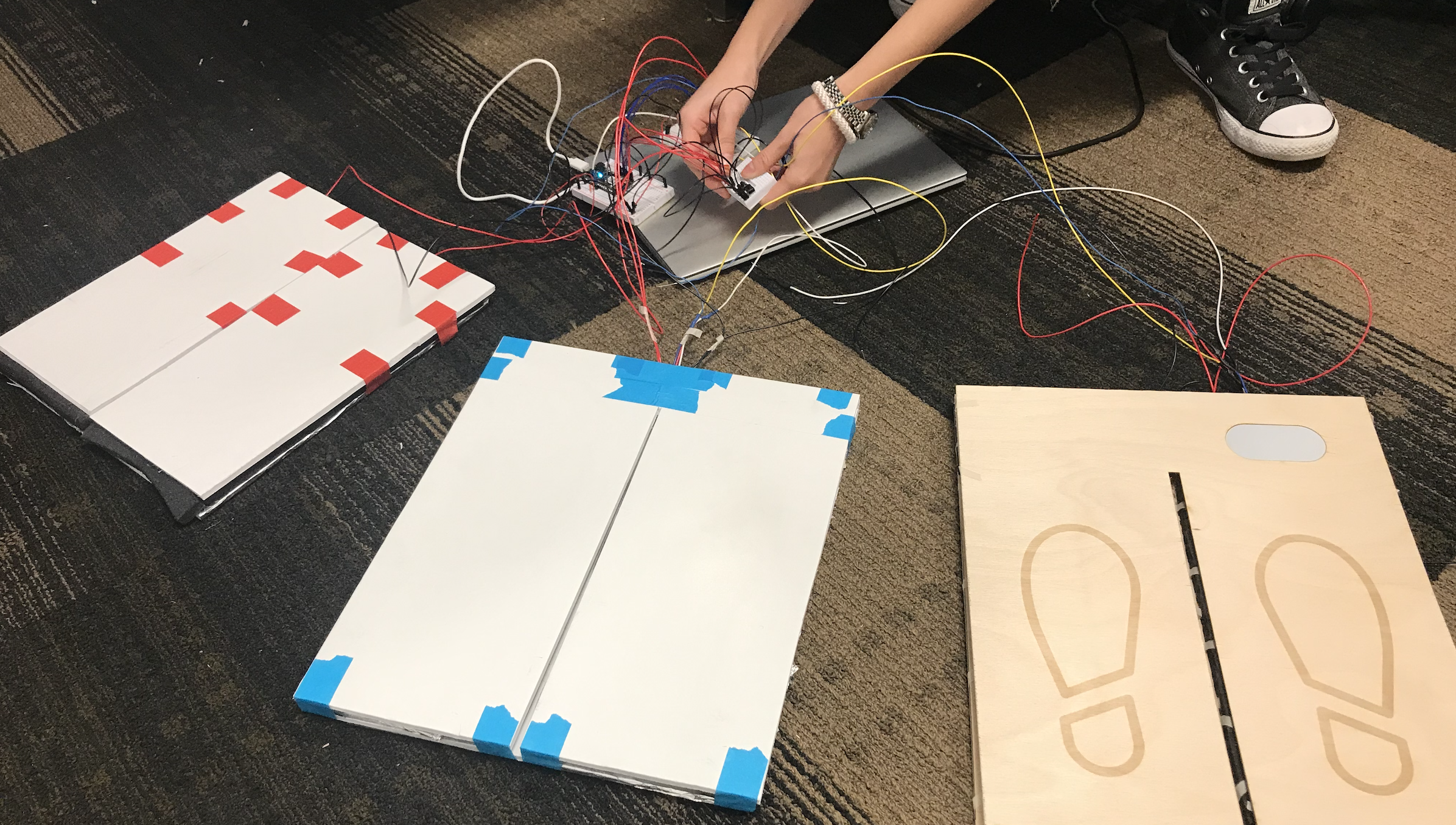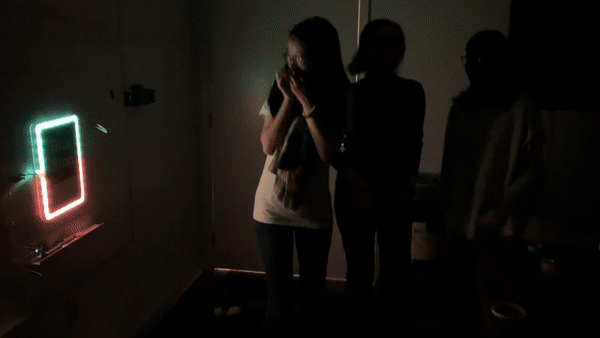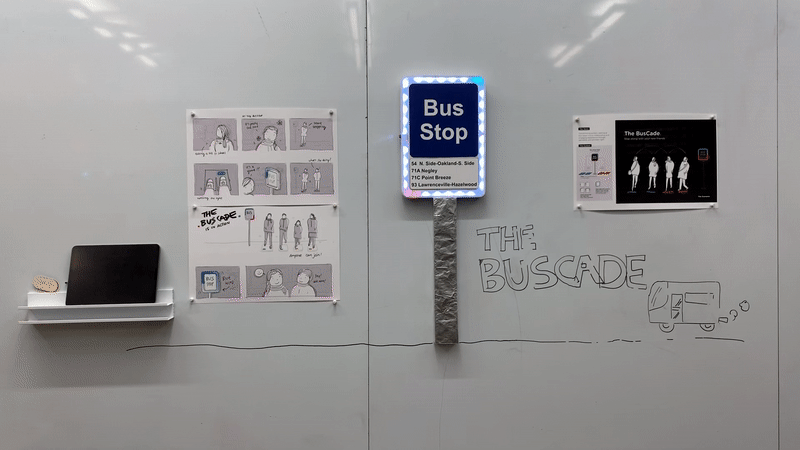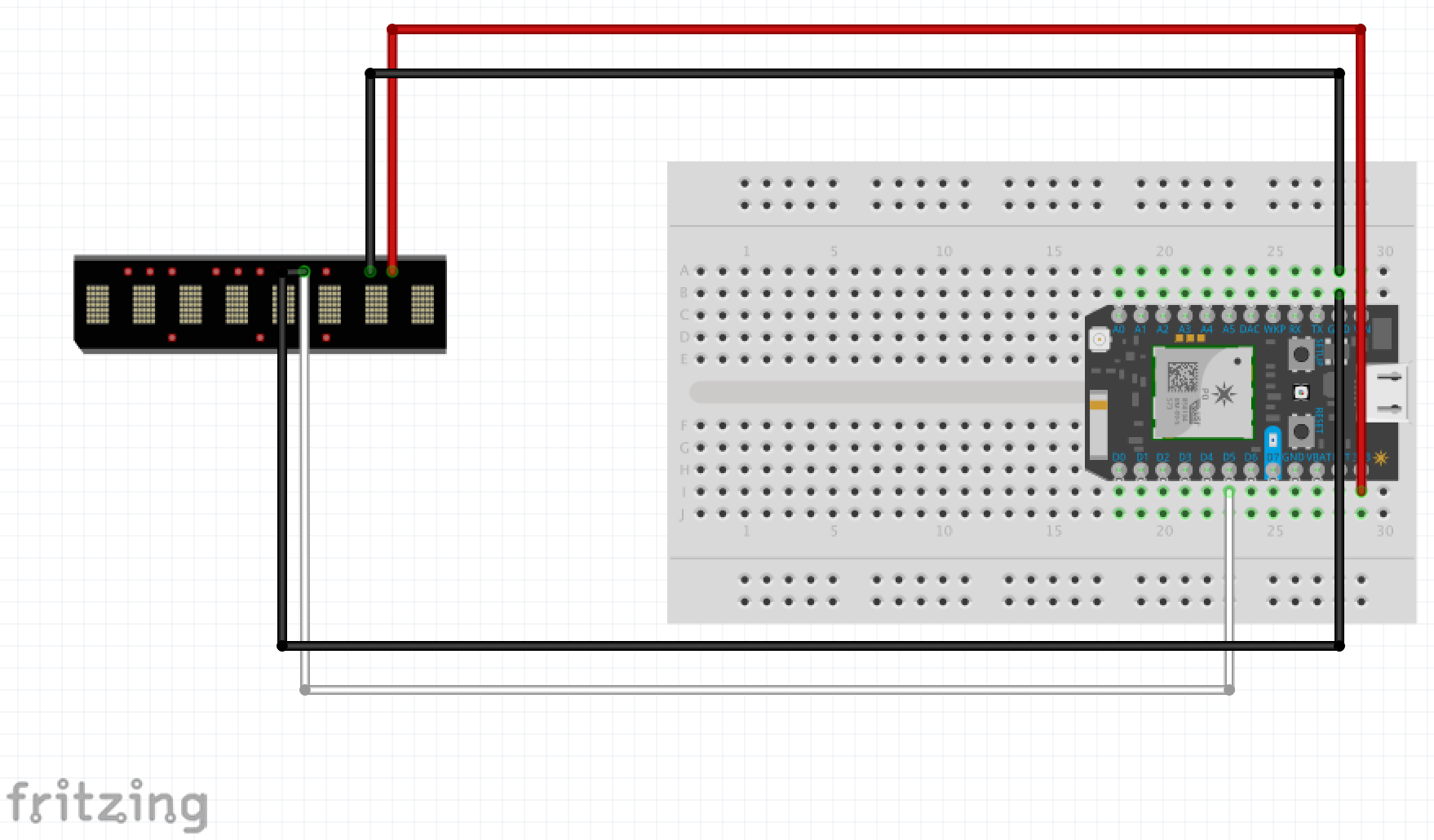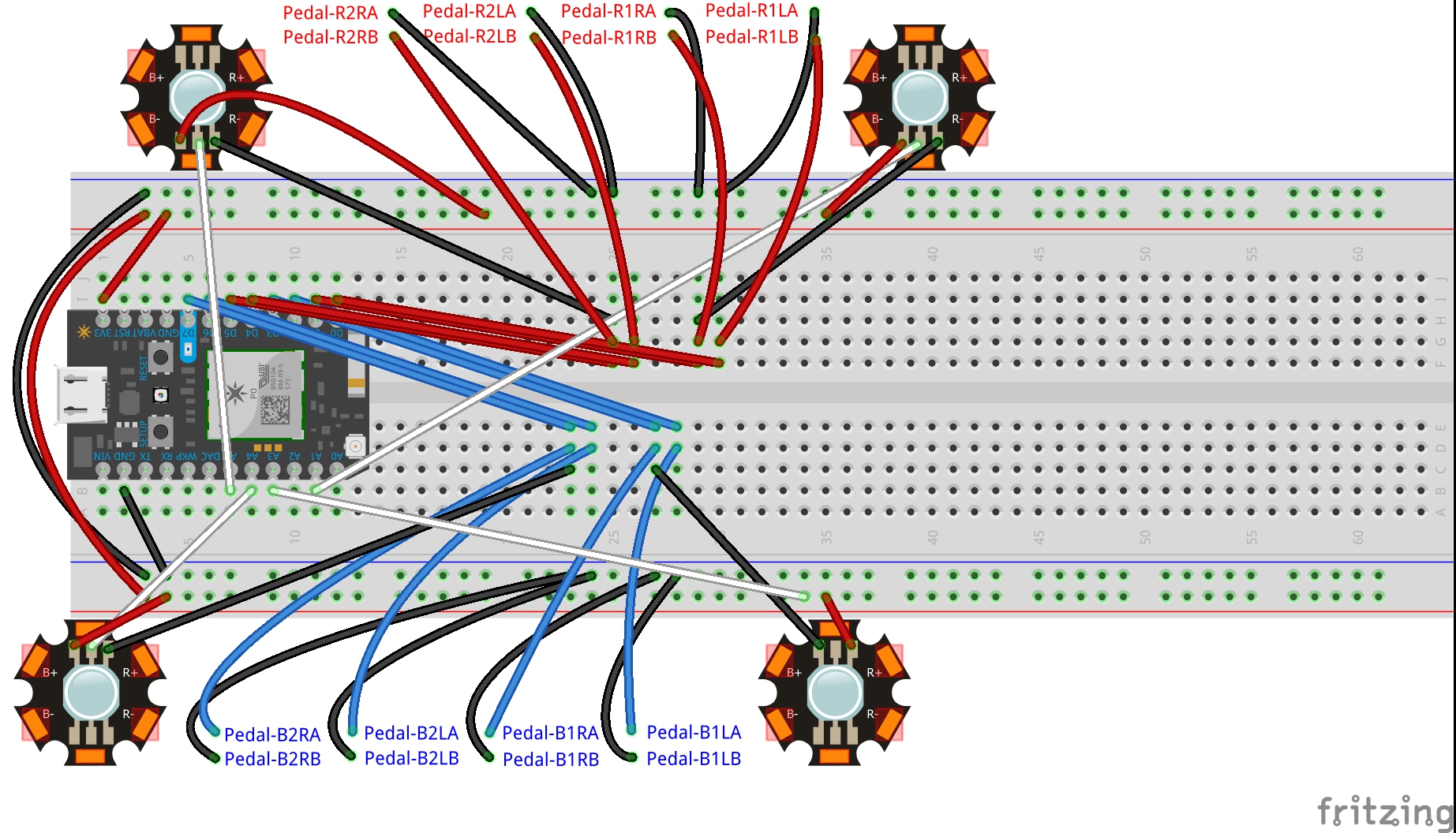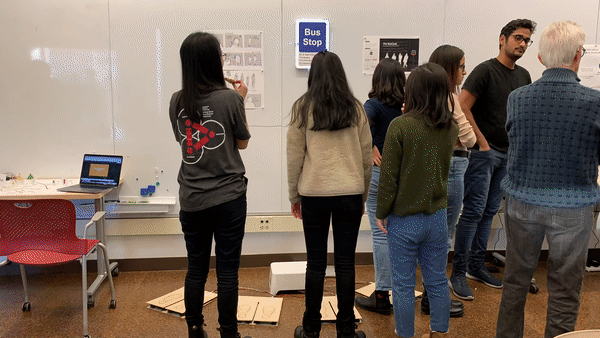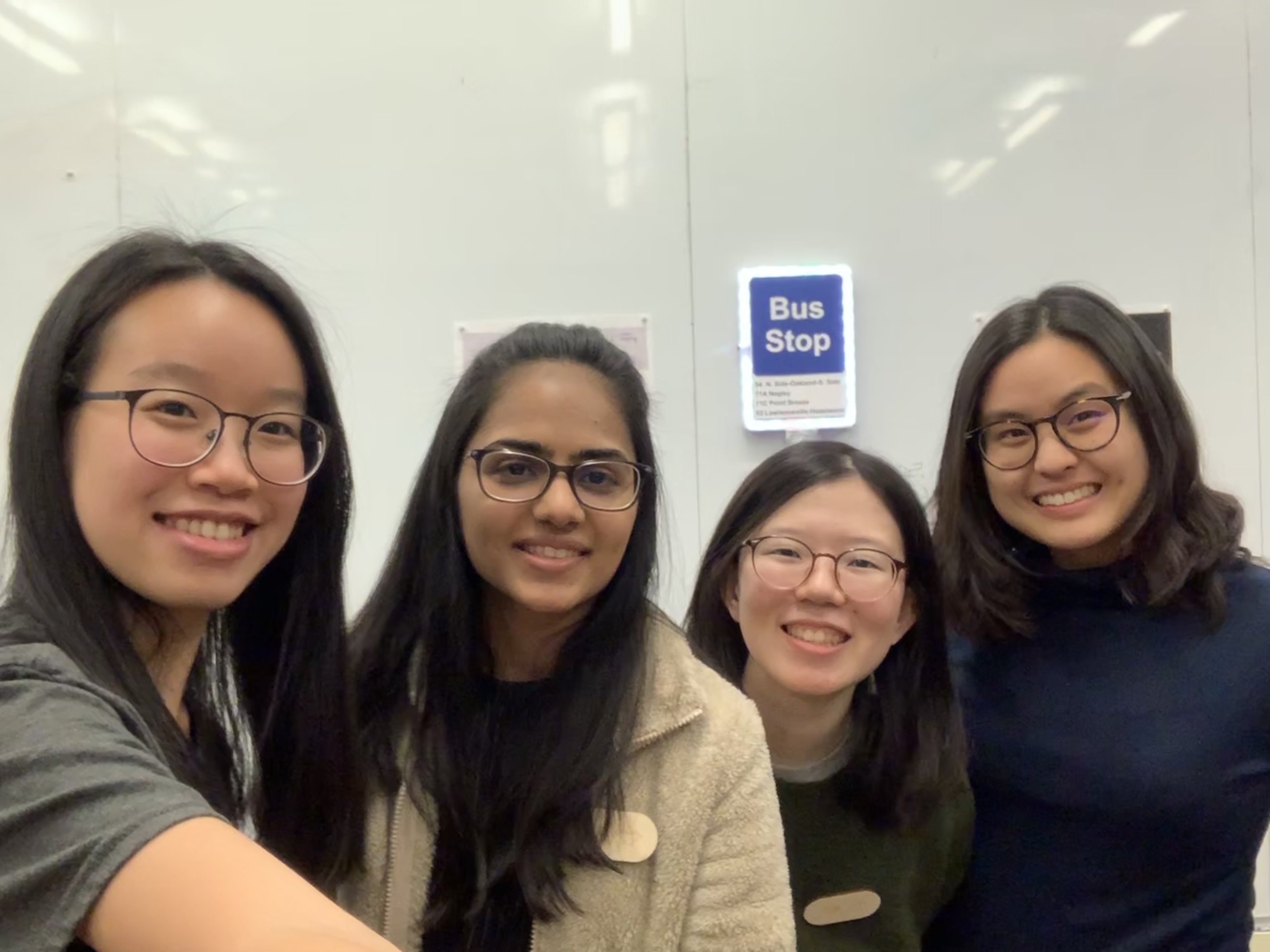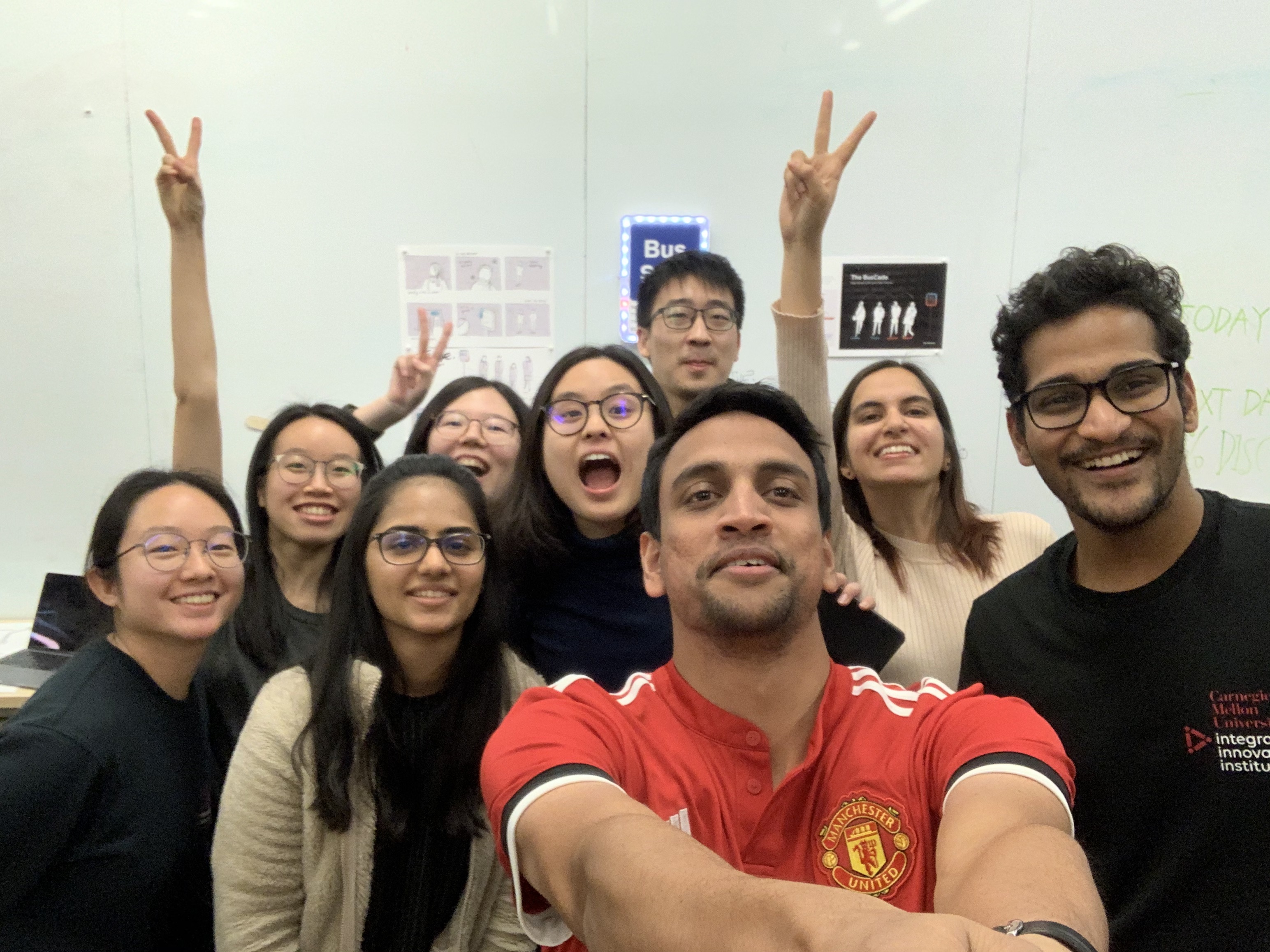Next Steps
If we were to take this project forward, we would consider the following -
Making the system self-sufficient - The current system is required to be linked to the power grid to function. However, on further development, we hope to use the energy generated by the user's movement to power the ambient light.
Inclusive - Our current design allows users to interact with the system by stepping on the tiles. This may prevent people with disabilities (e.g a person in a wheelchair) from using our system. Going forward we want to incorporate a design solution that would allow everyone to be able to use it without any limitations.
More varieties - While our current game is engaging, going forward we want to find ways in which we can keep updating the games to ensure that the system remains engaging over a longer period of time. We can consider having different games at different bus stops, different colors of teams etc. This will generate more conversations, motivate bus riders to explore more of the city, and encourage more citizens to use public transportation.
Larger surface area - At the moment we are using tiles as our sensors for the input. This leads to having only limited number of tiles and also limited surface area on which the user can stand. Going forward we envision that the sensors are embedded into the ground and there are no limitations of standing spots.
Materials - For the purpose of this project, we used materials such as foam boards, foil and wood. However, if this project were to be implemented in the real world, durable and weatherproof materials would be required.
